New Car
Explore all New Cars of 2024
| Key Highlights | Pulsar N250 STD | FZS-FI V3 Dark Knight |
|---|---|---|
| Engine Type | Single cylinder, 4 stroke, SOHC, 2 valve, Oil cooled, FI | Air cooled, 4-stroke, SOHC, 2-valve |
| Max Power | 24.5 PS @ 8750 rpm | 12.4 PS @ 7250 rpm |
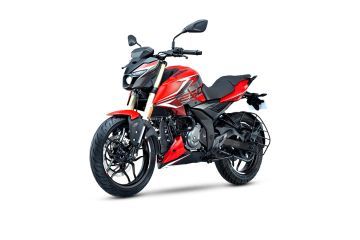
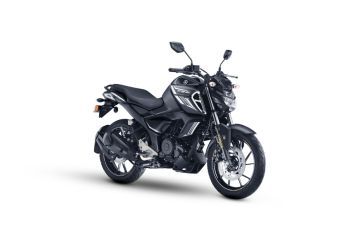
| Basic Info | Bajaj Pulsar N250 STD | Yamaha FZS-FI V3 Dark Knight |
|---|---|---|
| Rating |
266 reviews
|
936 reviews
|
| Brand Name | Bajaj | Yamaha |
| Ex-Showroom Price | Rs. 1.50 Lakh Get On-Road Price | Rs. 1.22 Lakh Get On-Road Price |
| Engine Type | Single cylinder, 4 stroke, SOHC, 2 valve, Oil cooled, FI | Air cooled, 4-stroke, SOHC, 2-valve |
| Max Power | 24.5 PS @ 8750 rpm | 12.4 PS @ 7250 rpm |
| Fuel Type | Petrol | Petrol |
| Colors | ||
| Brakes Front | Disc | Disc |
| Brakes Rear | Disc | Disc |
| Wheel Size | Front :-431.8 mm,Rear :-431.8 mm | Front :-431.8 mm,Rear :-431.8 mm |
| Wheels Type (Pressed Steel/ Alloy) | Alloy | Alloy |
| ABS | Dual Channel | Single Channel |
| Starting | Self Start Only | Self Start Only |
| Speedometer | Digital | Digital |
| EMI |
Rs. 4,508
@
11.99% (36 months)
|
Rs. 3,535
@
9.45% (36 months)
|
| Insurance | Rs. 11,226 Pulsar N250 Insurance | Rs. 8,000 FZS-FI V3 Insurance |
| Brochure | N/A |
Download
Brochure
|
Engine |
|
||||||||||||||||||||||||||||||||||||||||||||||||||||||||||||
|---|---|---|---|---|---|---|---|---|---|---|---|---|---|---|---|---|---|---|---|---|---|---|---|---|---|---|---|---|---|---|---|---|---|---|---|---|---|---|---|---|---|---|---|---|---|---|---|---|---|---|---|---|---|---|---|---|---|---|---|---|---|
Brakes |
|
||||||||||||||||||||||||||||||||||||||||||||||||||||||||||||
Performance |
|
||||||||||||||||||||||||||||||||||||||||||||||||||||||||||||
Tyres |
|
||||||||||||||||||||||||||||||||||||||||||||||||||||||||||||
Dimensions |
|
||||||||||||||||||||||||||||||||||||||||||||||||||||||||||||
Electricals |
|
||||||||||||||||||||||||||||||||||||||||||||||||||||||||||||
Features |
|

 loading="lazy" >
loading="lazy" >
 loading="lazy" >
loading="lazy" >


 loading="lazy" >
loading="lazy" >
 loading="lazy" >
loading="lazy" >

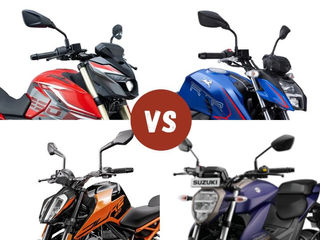
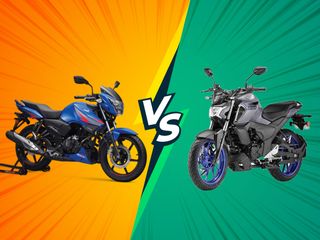
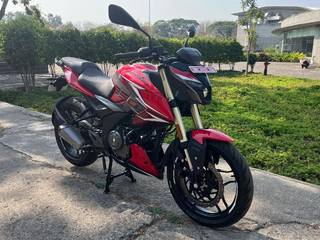
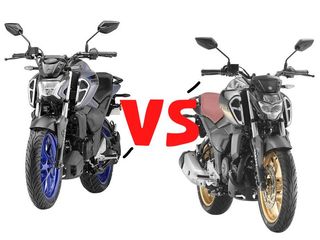
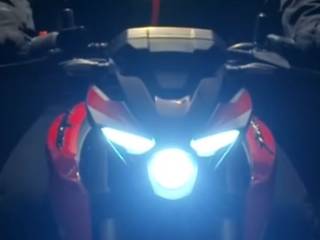
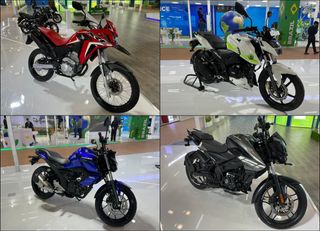

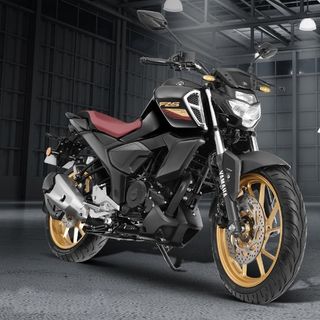
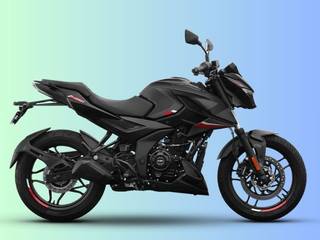

The Yamaha FZS-FI V3 is cheaper than Bajaj Pulsar N250 by Rs. 28,129.
For the STD version, 249.07 cc Petrol engine of Pulsar N250 produces 24.5 PS @ 8750 rpm of power and 21.5 Nm @ 6500 rpm of torque. Whereas for the Dark Knight version, 149 cc Petrol engine of FZS-FI V3 produces 12.4 PS @ 7250 rpm of power and 13.3 Nm @ 5500 rpm of torque